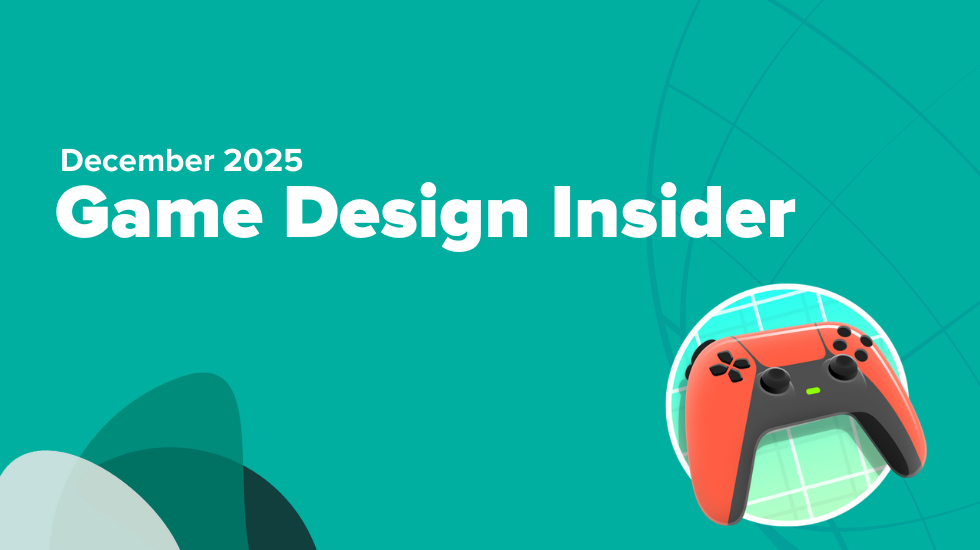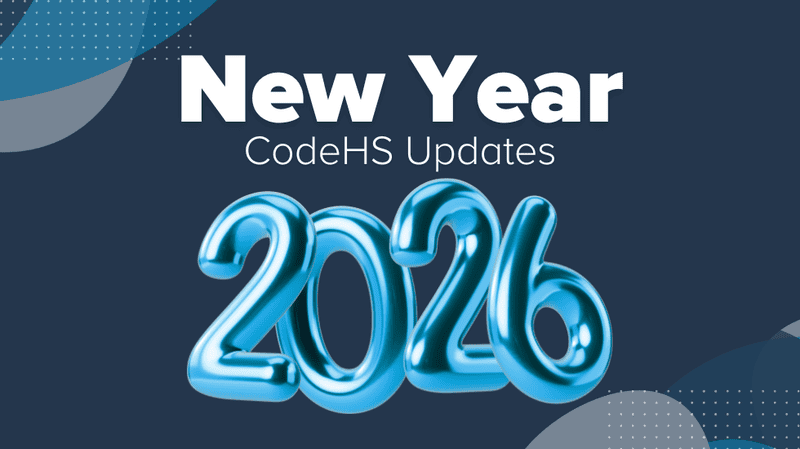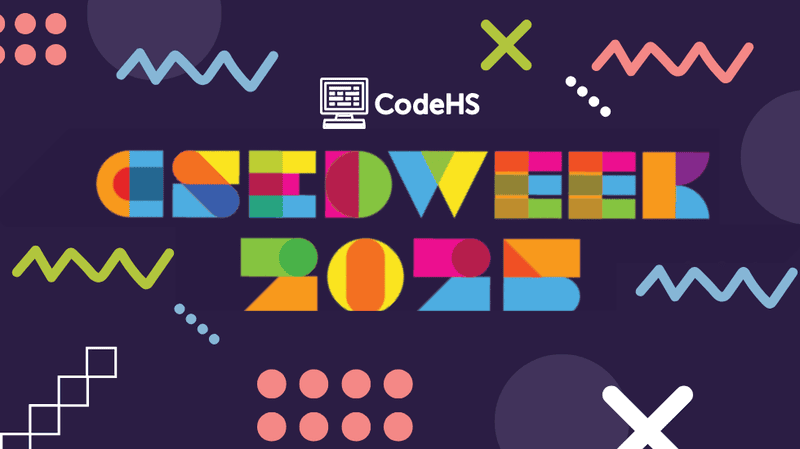Celebrating Student Progress: Digital and Analog
Brian Smith, Computer Science Teacher at North Star Academy
Charter School in Newark, New Jersey
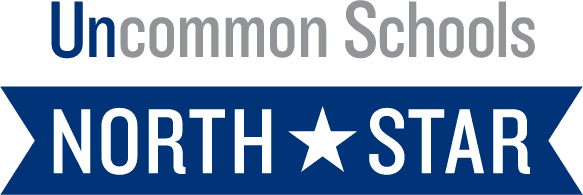
My name is Brian Smith and I’ve been teaching in Newark, New Jersey for 21 years. After graduating from Rutgers College with an Art History and English degree, my first nine years involved teaching 3rd, 6th, and 8th grade in Newark Public Schools, and the last 12 years at North Star Academy Charter School. Twenty of those years have been teaching science. I have also coached a robotics team in FIRST Lego League for 15 years at both schools.
Five years ago my director of operations volunteered me for CodeHS knowing me well enough that I wouldn’t say no. I was immediately addicted and couldn’t wait for school to start to get my 8th graders addicted too.
Over the past five years I’ve had a few different versions of computer science. Generally it amounts to 2 hours per week at the most and 1 hour per week at the least, and all 90 of my students or about 75% of my students depending on their tutoring needs in math and ELA. I teach science, so any progress students make in CodeHS is counted as extra credit for their science grade.
When I started my students were only learning JavaScript using the Intro to Programming with Karel the Dog course. In recent years, I split up the school year teaching two programming courses. The first half of the year we continue to use Intro Programming with Karel the Dog and the other half of the year is spent learning Intro to Python with Tracy the Turtle. I’ve also introduced students to the Sandbox, which they love!
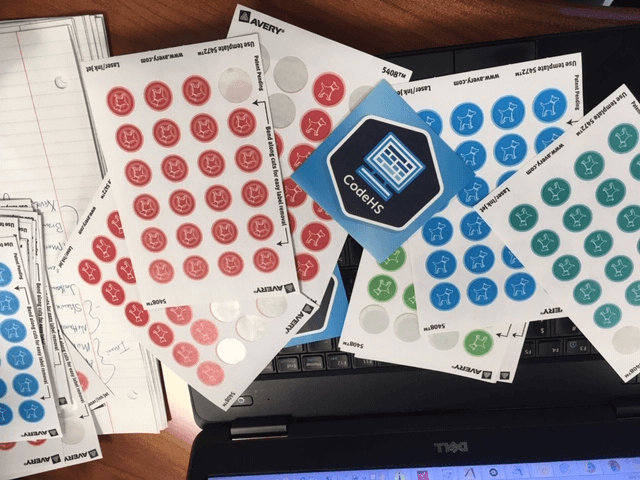
While CodeHS’s awesome digital badges motivate students to level up, I made stickers as well so that they could show off their progress in analog as well as digital. I initially started putting them on their pseudocode journals as they completed programs within modules. Most recently I printed larger stickers like buttons that I could slap on their chest to be worn with pride around school. They loved it in the same way that some college football players get stickers on their helmets for tackles or sacks. I also started a bulletin board with screenshots of their code and the result world, most recently with some creative works from the Sandbox. While this is rewarding and students loved seeing their work on display it did cause them to neglect Intro to Python with Tracy and Intro to Programming with Karel a bit, so I had to limit their Sandbox hours while they were in school — either way it reinvigorated their interest in coding!

My biggest CS teaching tip came after a visit from Jeremy Keeshin, the CodeHS CEO & Co-Founder, 5 years ago, when he explained debugging and the science in computer science. Debugging is editing or changing only one line of code at a time as if it is one independent variable so you know its effect on your program and then changing it back to its original form or editing that line. He also introduced me to the History drop down in the CodeHS Editor so that we didn’t have to delete everything and start from scratch every time a program didn’t work.
Jeremy has visited 3 times. That gesture alone means a great deal to me and demonstrates the soul of CodeHS in the same way that George Washington actually did the work of traveling to 13 disparate colonies/states so that he could see on the ground what his world looked like. As I put it, “to see his baby in action”…
Several of my former students, now seniors at our high school, are heading out to college to major in Computer Science at Carnegie Mellon, Syracuse, Lehigh, and Rensselaer Tech. They were my first students that had CodeHS and computer science as a class. I’m proud to have ignited their interest in programming and know they will accomplish greatness in anything they pursue.
Read more stories about teachers using CodeHS in their classroom at codehs.com/info/stories or email our team at hello@codehs.com today.
